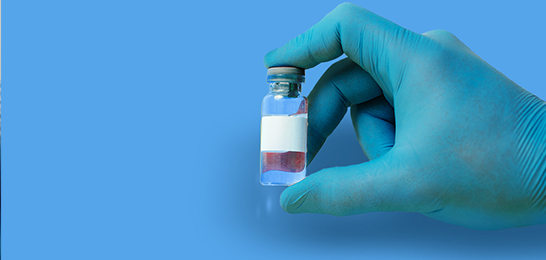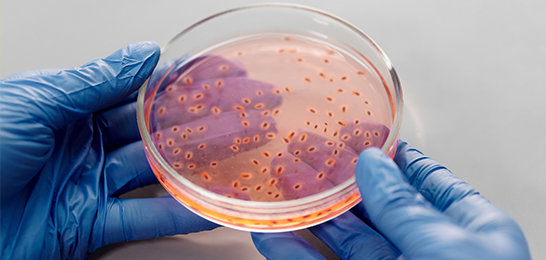Published Date: Nov 15 2022
Liraglutide is a human glucagon-like peptide-1 (GLP-1) analogue used to treat diabetes mellitus. In a clinical study of liraglutide, a single subcutaneous injection of 17.4mg (10 times the maximum recommended maintenance dose of 1.8mg) occurred in a patient with type 2 diabetes. The overdose resulted in severe nausea and vomiting, but no hypoglycemia. The patient recovered without complications. If an overdose occurs, appropriate supportive care should be taken based on the patient's clinical signs and symptoms.
1. Liraglutide therapy intelligently regulates blood sugar level
The advantages of Liraglutide, which is different from traditional oral hypoglycemic agents and insulin, are firstly reflected in its mechanism of regulating blood sugar level: GLP-1 is a polypeptide synthesized by intestinal cells, which can regulate insulin secretion "on demand" according to the level of glucose in the body, just like a "switch" for the pancreas. When blood sugar in the body gets too high, it "flips" this switch and releases insulin; When the blood sugar reaches the normal range, the "off" switch will keep the blood sugar in a stable range and minimize the risk of hypoglycemia.
2. Liraglutide therapy protects beta cells
The main advantage of liraglutide therapy is that it can protect the function of pancreatic β cells. The progressive failure of beta cells is the main culprit in the progression of diabetes. None of the existing oral hypoglycemic agents can protect the function of beta cells, and thus cannot prevent the further development of diabetes. Studies conducted in more than 4,000 people with diabetes in more than 40 countries around the world have demonstrated that it is possible to improve the quantity and quality of beta cell insulin secretion, thus potentially delaying the progression of diabetes.
3. Liraglutide therapy only needs to be administered once a day
In addition to being superior in lowering blood sugar, reducing hypoglycemic events, and protecting beta cell function, it can also reduce body weight. It also has an advantage in reducing the risk of cardiovascular disease because of its ability to lower systolic blood pressure. This is certainly a pleasant surprise for people with type 2 diabetes. In addition, liraglutide manufacturers offer maximum flexibility in the treatment of only one dose per day and can be administered at any time during the day, regardless of meal times, maximizing patient convenience.
Liraglutide is given once a day and can be given at any time without the need for mealtime dosing. Liraglutide is administered by subcutaneous injection in the abdomen, thigh or upper arm. No dose adjustment is required to change the injection site and time. However, liraglutide is recommended to be administered at the same time each day, at the most convenient time of day.









